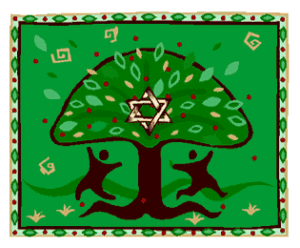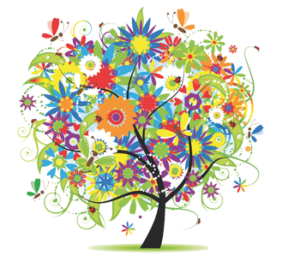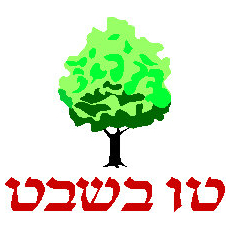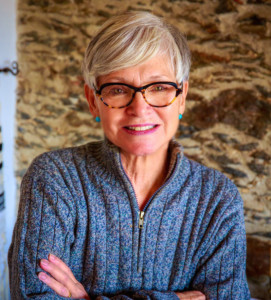The Kabbalah and Tu B’Shevat – What our mystics say about The Birthday of the Trees
Back in the day when many of us went to Sunday School our teachers explained that the festival of Tu B’Shevat celebrates the birthday or the New Year for the trees. But did you know that Tu B’Shevat is one of the four “new years” celebrated on the Jewish calendar?
That’s right. There are four Rosh HaShanah or Jewish New Year celebrations. One Rosh HaShanah comes on the first day in the Hebrew month of Nisan, the first month on the Jewish calendar – which is also the month when Passover is celebrated.
Then there’s the Rosh HaShanah which falls on the first day in the Hebrew month of Elul. This Rosh HaShanah was established for tithing or giving 10 percent of your resources to the synagogue or Jewish community.
Next comes the Rosh HaShanah we know well. It falls on the first day in the Hebrew month of Tishrei and marks new year on the Hebrew calendar, punctuated by the sounding of the shofar.
Finally the fourth “new year,” sometimes called the Rosh HaShanah La Ilanot, or Tu B’Shevat, the New Year for the Trees.
It was the Kabbalists in Safed in th 1600’s who first came up with the idea of the Tu B’Shevat Seder (as well as the Rosh HaShanah seder that is celebrated in Italy and other Mediterranean countries). My colleague, Rabbi Michael Berg examined this fourth Rosh HaShanah from the Kabbalistic point of view and finds that “Kabbalah teaches that the holidays are channels on which specific spiritual Light is revealed. Holidays enable every person on earth to connect to the unique Light that is available on that day, thereby drawing more Light into their lives.”
Indeed we know that Tu B’Shevat occurs on the 15th day in the Hebrew month of Shevat, a day selected because the light of the fifteenth emanates from the full moon, rather than the new moon that characterizes the beginning of the Hebrew months.
Rabbi Berg goes on to say that “Kabbalah teaches that every aspect of this world is filled with the Light of the Creator, and that every part of the universe works together for the betterment of the world. Trees and vegetation are an important aspect of both our spiritual and physical world.”
So, nu, how can we use this year’s festival of Tu B’Shevat to bring new light to the world? This is a question especially important to those of us who live outside of Israel or in colder climes where the traditional planting of a tree might mean digging through snow and ice!
Whether I am working in Italy or in the US, I make time to celebrate Tu B’Shevat These celebrations which often include the traditional Sephardic Tu B’Shevat seder, include tasting fruits and nuts that have symbolic meaning in making our lives more positive and fulfilling and making the world a better place.
In Italy we’ve planted a tree in honor of our environment because, after all, Tu B’Shevat is Jewish Earth Day, while in Sarasota at the Kobernick retirement campus we’ll make a special blessings for those on our staff who care for our five Assisted Living pets –because Tu B’Shevat asks that we remember those who care so lovingly for God’s creatures.
 Our rabbinic sages note that over the years there has been no special greeting for Tu B’Shevat. So this year let’s make our own. The Hebrew general, all purpose holiday greeting is “Hag Sameach,” which means “Happy Holiday.” This year let’s add “Yom Huledet Etz Sameach” Happy Birthday and Todah Rabah (“thank you”) to our world of trees.
Our rabbinic sages note that over the years there has been no special greeting for Tu B’Shevat. So this year let’s make our own. The Hebrew general, all purpose holiday greeting is “Hag Sameach,” which means “Happy Holiday.” This year let’s add “Yom Huledet Etz Sameach” Happy Birthday and Todah Rabah (“thank you”) to our world of trees.

